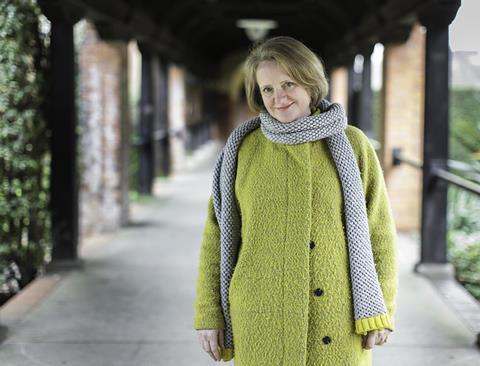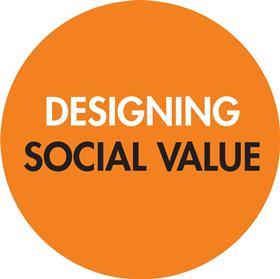What would the characteristics of such a place be, asks Flora Samuel

The term social value is slightly meaningless to most people, but there is a sense that you know it when you see it.

One way to bring about change is to use the planning method of “backcasting”. This involves envisaging where you would like to be and identifying the changes needed to make it happen. It’s a technique used, for example, by the Reading 2050 group to envisage the best way to achieve a “smart and sustainable city”.
I recently joined a group of social value enthusiasts at a workshop organised by the London Sustainable Development Commission (LSDC) at the Greater London Authority (GLA). The LSDC provides independent advice to the mayor on his duty to deliver sustainable development in the capital. The members are now looking at how social value can be delivered as part of the regeneration of London. The GLA are the people responsible for standing our view of London on its head, repurposing it as the first National Park City. They are an extremely positive team.
Our first task was to imagine ourselves into a neighbourhood where social value had been built into the DNA of placemaking. What were the characteristics of social value that might be discernible? First up was “people talk to each other” shortly followed by “respect”, “multiple generations”, “nature”, “active lifestyles”, “local jobs”, “shared authorship of built environment”, “public space”, “100% ‘affordable’ for everyone”, while giving consideration to local identity and culture.
Generally there was a vision of mixing, multi-generational spaces, mixed tenures, mixed social groups, mixed businesses and the mechanisms to involve people in the making of their cities. If you are feeling a bit down I recommend being in a room of social value experts as it makes you feel that anything is possible.
If you are feeling a bit down I recommend being in a room of social value experts. It makes you feel anything is possible
I sat myself at the “procurement” table as this is of number one importance in achieving real social change (short of re-inventing politics). As an architect I have been brought up to believe design-and-build contracts are the central villain in the pantomime of procurement. However, I found myself in conversation with a social value expert at a very large construction company and discovered that she liked d&b because it allows for the building of social value into the project from the very start, something that couldn’t be done with traditional contracts.
Another participant commented on the highly gendered nature of jobs created for social value purposes by the construction industry. Her female clients didn’t want to be scaffolders (apparently there are only four female scaffolders in the UK owing to the highly punishing nature of the task).
When I asked about the tick-box way many construction firms seem to address social value I was told this approach originates with local authorities who charge a monitoring fee to check spreadsheets of deliverables on a monthly basis.
There is no room in the current social value schema for nuanced discussions about creating a youth group, setting up hairdressing apprenticeships or indeed just making better buildings.
This may be why, at the summing-up session, so many in the group came out against the section 106 and community infrastructure levies that propose afterthought social additions. These are sometimes realised at a distance from the original project and provide an excuse for not building a scheme of real social value in the first place.
Might social value bonds be used as a cleverer way to incentivise good practice in this area? Certainly local authorities could get more creative in the way they procure their own projects and use frameworks to favour a diversity of small businesses and methods of working.
Once again, investment in planning has to be at the top of the agenda to make all this happen.
“Social value is an idea whose time has come,” observes Erik Bichard of consultancy RealWorth. He ought to know as he has been toiling in this field for the last 10 years and has been observing it since its paltry beginnings.
As this difficult year draws to a close it is worth thinking about what the world might look like if social value were truly to take its rightful place in the triumvirate of value – also known as the triple bottom line of sustainability (environmental, economic and social value).
It might also help us to remain hopeful.
















1 Readers' comment